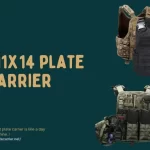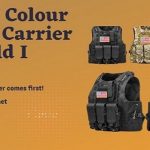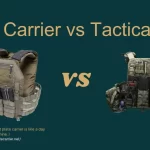How to choose a plate carrier? Whether you’re a law enforcement officer, military personnel, or an avid airsoft player, choosing the right plate carrier can make all the difference in the world. But with so many options on the market, how do you know which one is right for you?
In this blog post, we’ll dive into the world of plate carriers, explore the different types and features available, and help you make an informed decision about choosing the perfect plate carrier.
How To Choose a Plate Carrier? | Complete Guide
Choosing the right plate carrier is not just a matter of personal preference, but it can be a matter of life and death. A poorly chosen plate carrier can hinder mobility, cause discomfort, and provide inadequate protection.
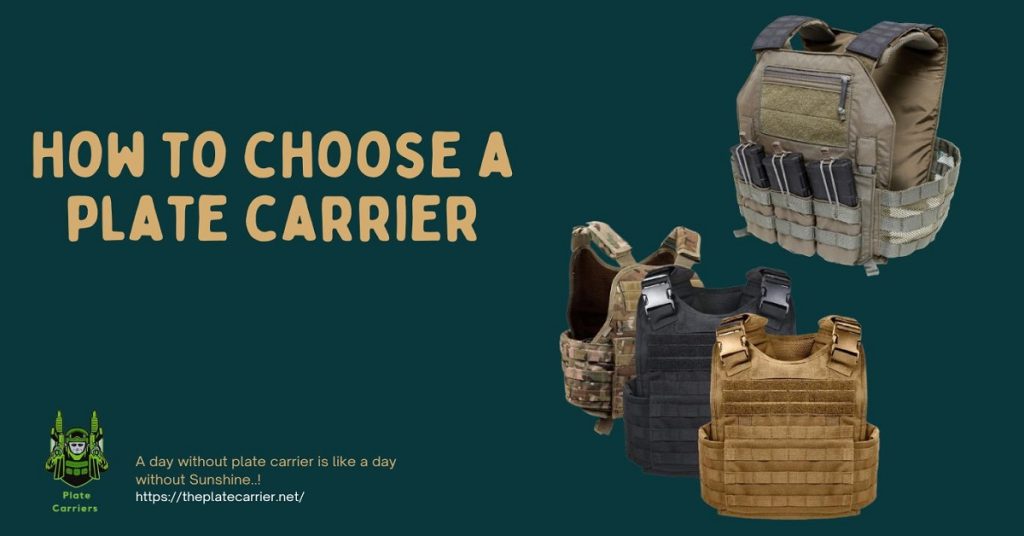
On the other hand, a well-chosen plate carrier can provide you with the necessary protection and mobility to effectively carry out your mission or job.
Your plate carrier is your first line of defense against any potential threats, and therefore, it is crucial to choose the right one.
How To Choose a Plate Carrier? | Everything You Need To Know
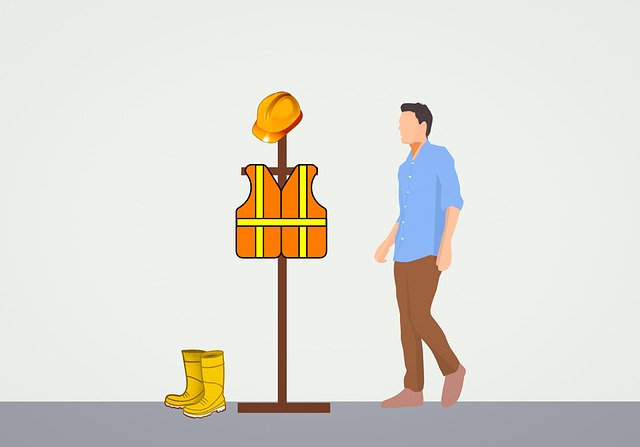
What are you going to use the plate carrier for?
Before choosing a plate carrier, it is essential to ask yourself, “What are you going to use the plate carrier for?” This question may seem straightforward, but the answer to it can significantly impact your decision-making process.
Are you going to use the plate carrier for tactical operations, such as military or law enforcement duties? Or are you a civilian looking for a plate carrier for self-defense or hunting purposes? The purpose of your plate carrier will determine its features, level of protection, and compatibility with other equipment.
Types Of Plate Carrier Or Cuts Of The Plate Carrier
The type or cut of the plate carrier is a crucial aspect to consider when choosing the right plate carrier. It can significantly impact your mobility, comfort, and protection level.
There are different types of cuts of plate carriers, including minimalist, low-profile, and full-coverage plate carriers. Each type has its unique features and advantages, depending on the user’s specific needs and purposes.
Protective Properties of the Plate Carrier
The protective properties of a plate carrier are determined by the materials used and the level of protection provided. When choosing a plate carrier, you should look for carriers that are made of high-quality materials such as Kevlar, Dyneema, or Spectra.
Additionally, you should also consider the level of protection provided by the armor plates. The National Institute of Justice (NIJ) has set a standard for ballistic protection levels, which ranges from Level I to Level IV. The higher the level, the more protection the plate provides.
Comfort and Fit Of The Plate Carrier
Comfort and fit are two of the most important factors to consider when choosing a plate carrier. A poorly fitting carrier can cause discomfort and affect your ability to move effectively.
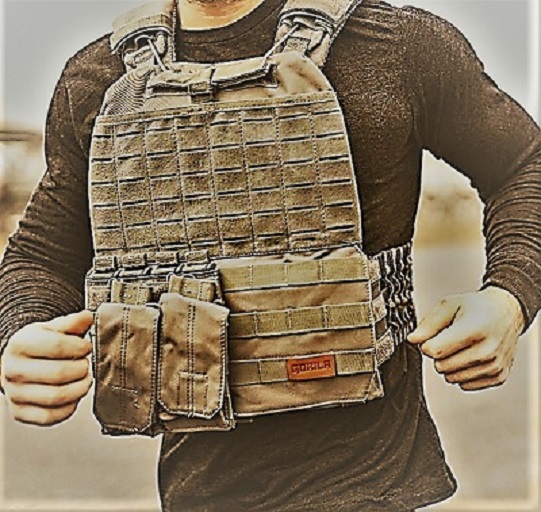
When choosing a plate carrier, it is important to consider your body type and size. Look for carriers that have adjustable straps and are designed to fit your body type.
Weight and Mobility Of The Plate Carrier
The weight of your plate carrier will directly affect your mobility. If you need to move quickly and efficiently, you should choose a lightweight carrier that allows for maximum mobility.
It is important to find a balance between weight and mobility. A heavier carrier may offer more protection, but it can also hinder your ability to move quickly and effectively.
Features and Accessories Of The Plate Carrier
When choosing a plate carrier, you should also consider the features and accessories that are available. Some of the most common features and accessories include:
MOLLE webbing: Allows you to attach additional pouches and accessories to your carrier.
Admin Pouches: Provides additional storage space for important items such as maps, radios, or first aid kits.
Quick-release systems: Allows you to quickly remove the carrier in case of an emergency.
It is important to choose the features and accessories that are relevant to your needs and situation.
Brand and Price Of The Plate Carrier
Finally, when it comes to choosing a plate carrier, the brand, and price are also important factors to consider. Some of the most popular brands include Crye Precision, Warrior Assault Systems, and FirstSpear.
While it is important to choose a high-quality carrier, it is also important to consider the price. You should find a carrier that provides the right level of protection and features for your needs at a reasonable price.
FAQs
1- How do I determine what level of protection I need from my plate carrier?
To determine the level of protection you need from your plate carrier, consider your intended use and the threat level you may face. The National Institute of Justice (NIJ) sets standards for ballistic protection levels, and you should choose a plate carrier that meets or exceeds those standards for your specific needs.
2- What are the most important features to consider when choosing a plate carrier?
The most important features to consider when choosing a plate carrier include the level of protection, weight, mobility, comfort, durability, and customization options.
3- How do I know if a plate carrier is compatible with my body type and size?
To ensure your plate carrier is compatible with your body type and size, measure your chest and torso and consult the manufacturer’s sizing chart. Look for plate carriers with adjustable straps and cummerbunds to ensure a secure and comfortable fit.
4- What materials should I look for in a plate carrier to ensure durability and comfort?
Look for plate carriers made from high-quality materials such as Cordura or nylon, with reinforced stitching and padding for comfort. Some plate carriers may also use mesh panels for breathability.

